
Hello friends. In today’s post I’m taking you to the Museum of the Orient in Lisbon. The museum is located in a very busy area on the road leading to the holiday districts with a railway line right next to it. It opened as a museum in 2008. Before that, it belonged to the Codfish Trade Regulation Commission. Codfish is one of Portugal’s national dishes and even considered a kind of cultural heritage. The building itself, constructed during the Salazar era is definitely worth seeing. Especially if you visit during the day, you can admire the beautiful reliefs on it. At the main entrance of the Foundation of the Orient, there are also sculptures. The architecture of the building is quite unique, with a style that could be called Portuguese Empire mixed with influences of Portuguese modernism.








The art collection is broad and highly diverse. This is mainly because Portugal’s history was largely based on trade. While countries like England or France were chasing conquests, Portugal mostly preferred to establish commercial relationships. They made deals with local tribal leaders and rajahs, developing trade with them.
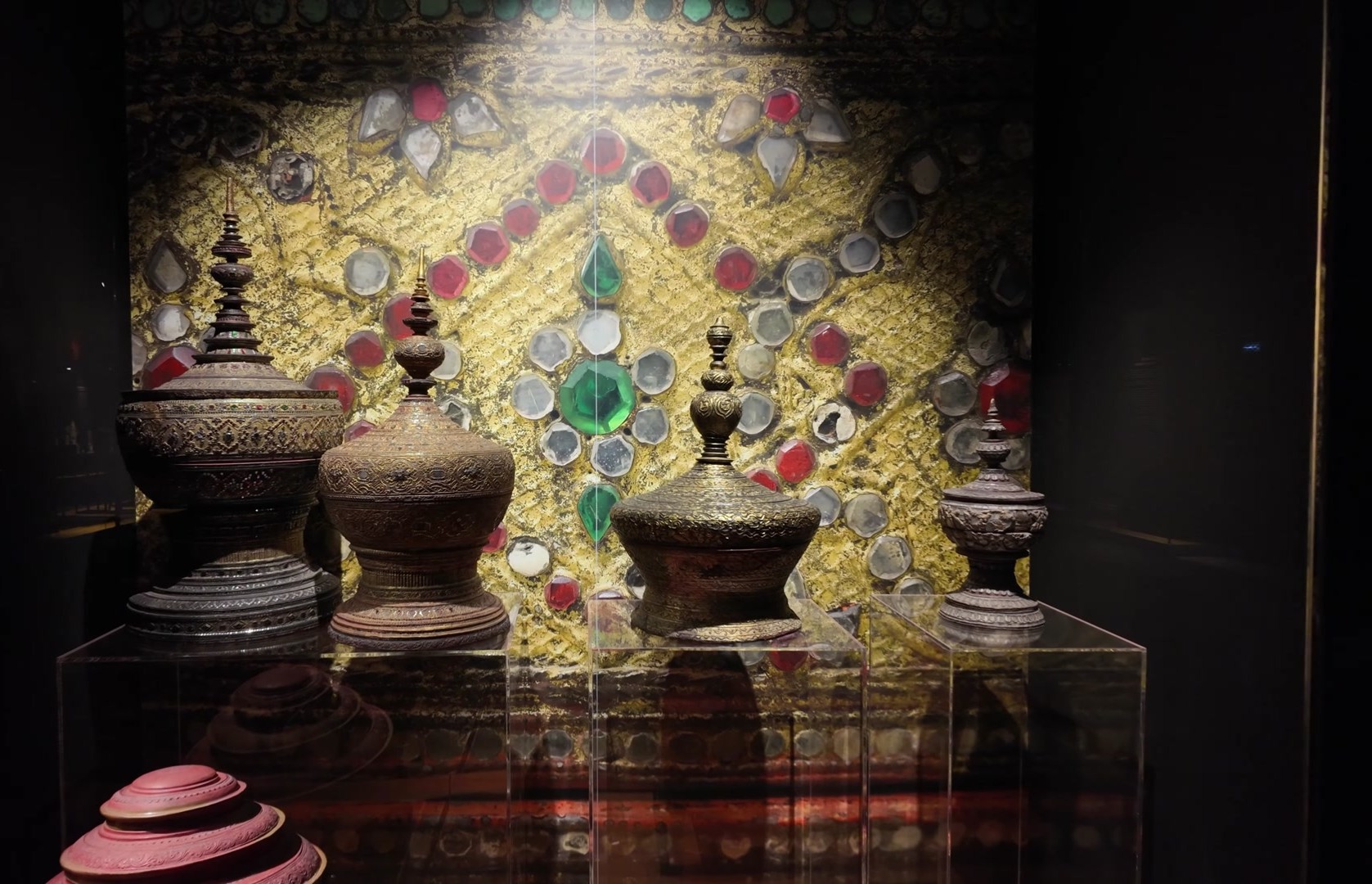



Thanks to this, many items from colonies and settlements especially in the East were brought to Portugal. Colonies and trade posts were established in places like Goa, Sri Lanka, Thailand and East Timor. Macau in China was one of them. In fact, Portugal became the first European country to establish trade relations with Japan.

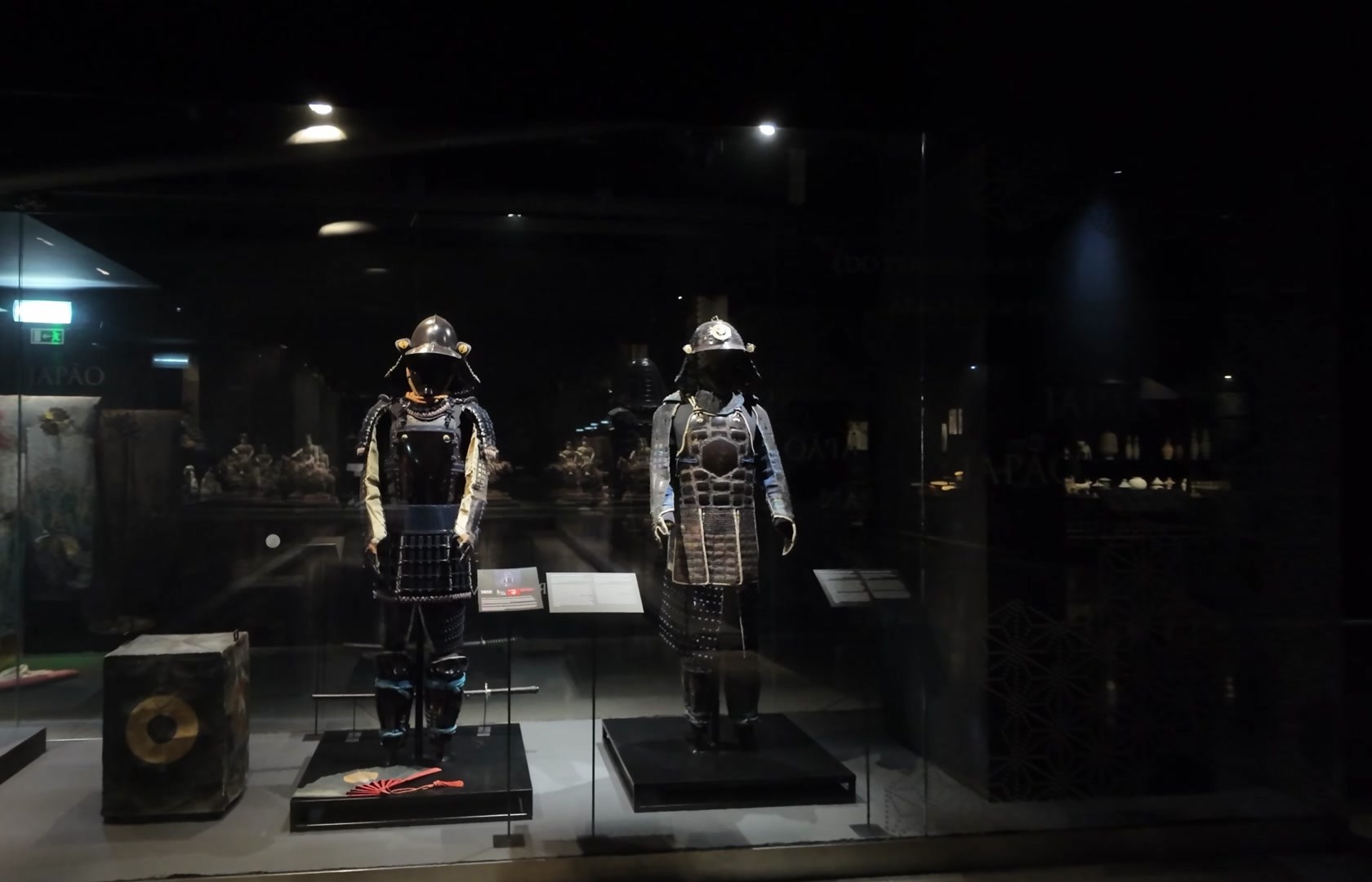
The exhibitions are spread over three floors. The first floor hosts temporary exhibitions. When I visited, there was an exhibition dedicated to Kabuki theater. It also featured traditional Japanese woodblock prints, usually depicting Kabuki characters and scenes.


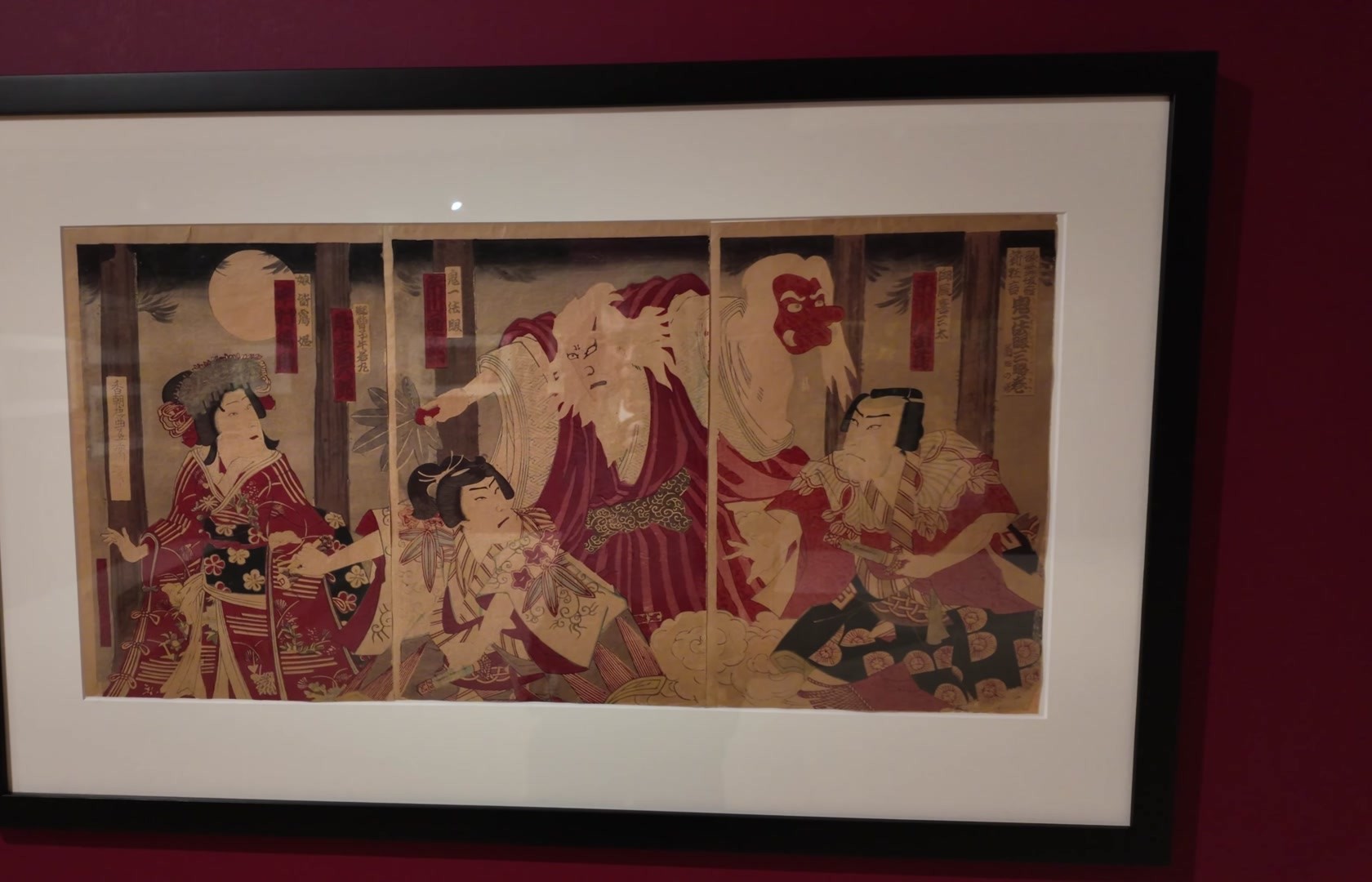
At first, Kabuki theater was not very respected among the public, but over time it gained importance and moved closer to the royal court. You can see this evolution on two maps in the exhibition. Costumes and wigs used in Kabuki are also on display. Since all Kabuki actors were men, they also performed female roles. An interesting detail is that actors would enter the stage not from backstage but via a special path among the audience.

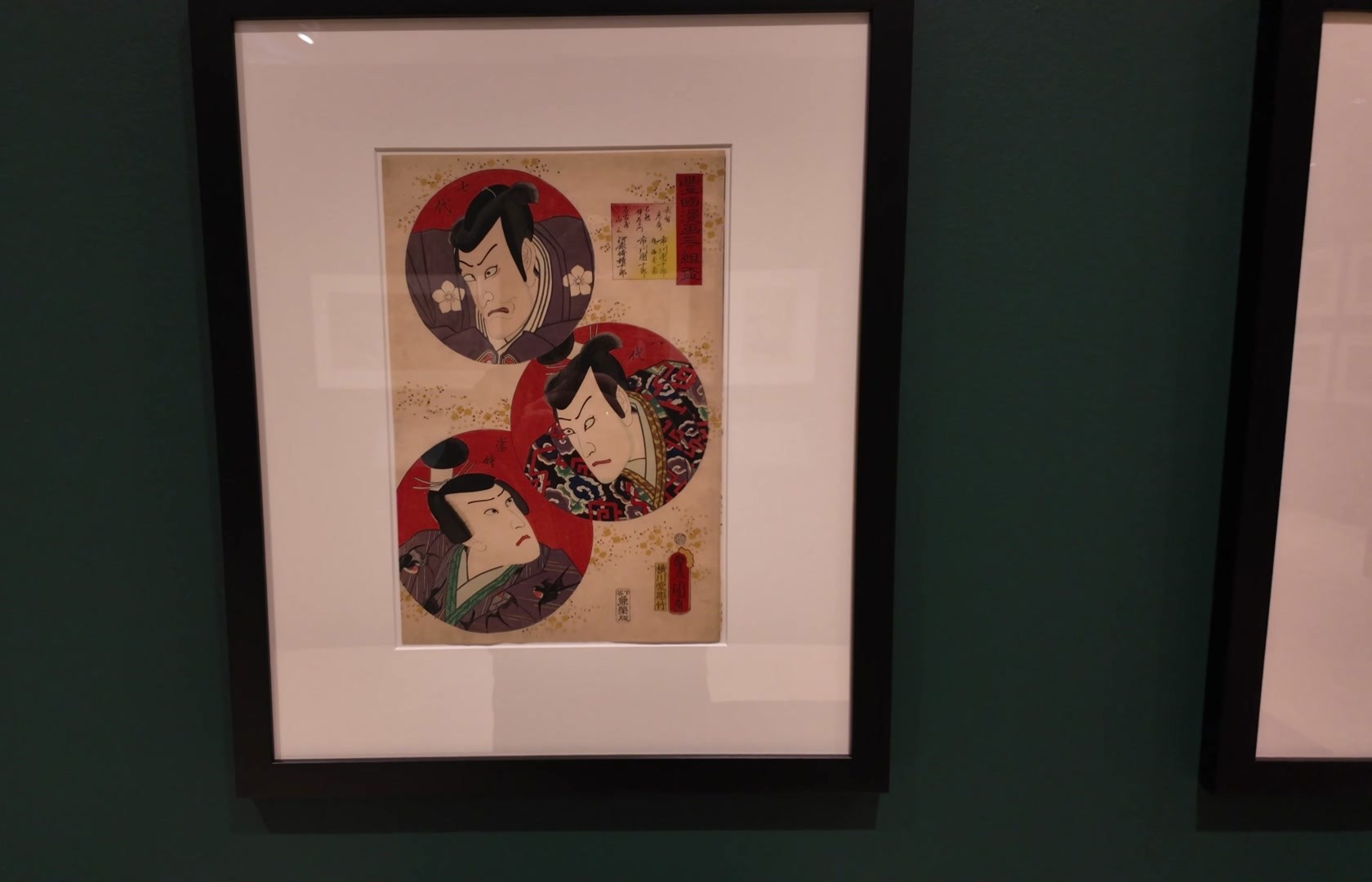

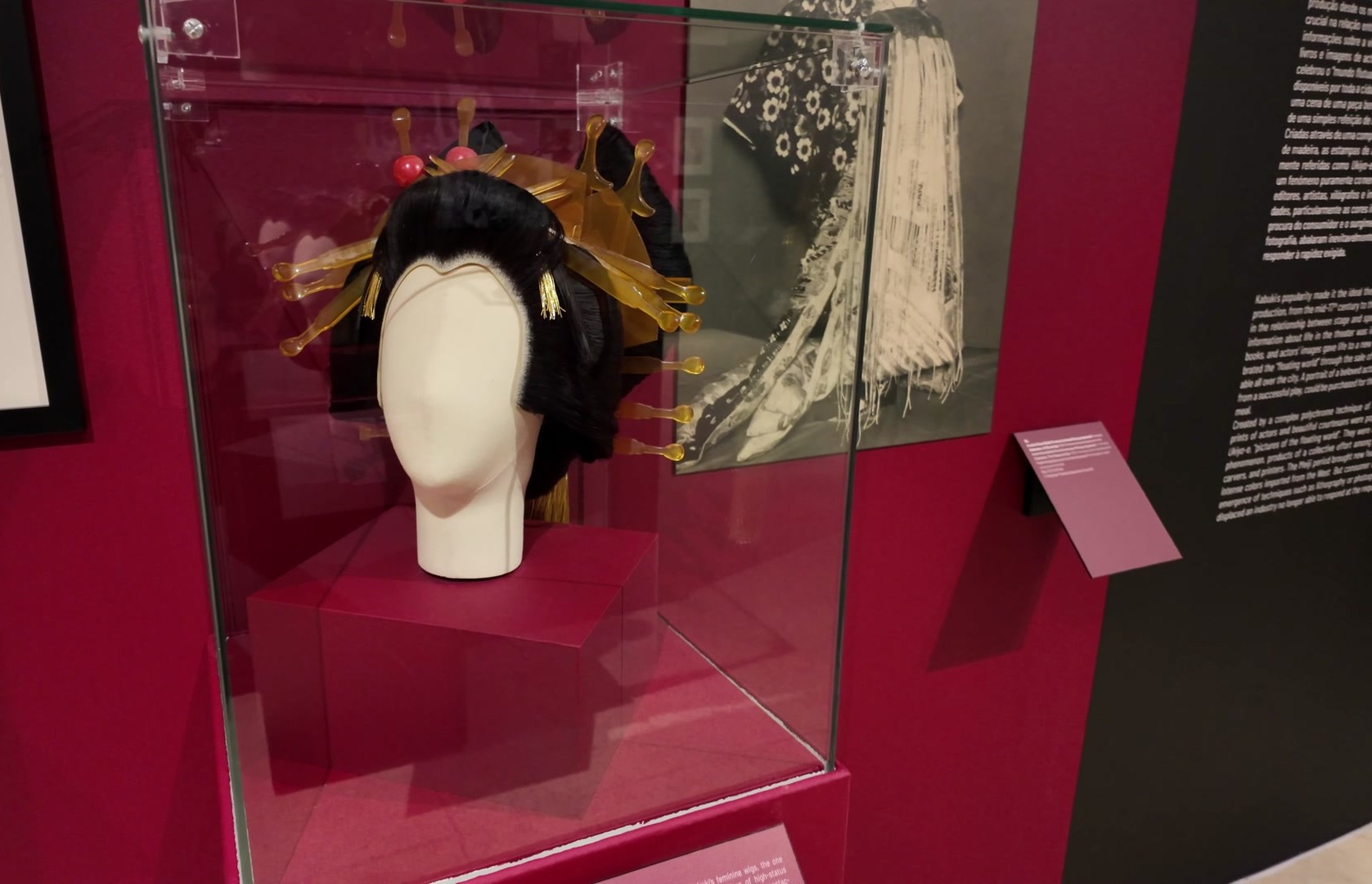
The second and third floors display the foundation’s permanent collections. The second floor is dedicated to the exhibition called Portuguese Presence in Asia. Here, items from countries Portugal traded with are exhibited, such as furniture, ceramics, costumes and finely crafted screens from China and Japan. I really like these screens and even think they look quite elegant in modern interiors.


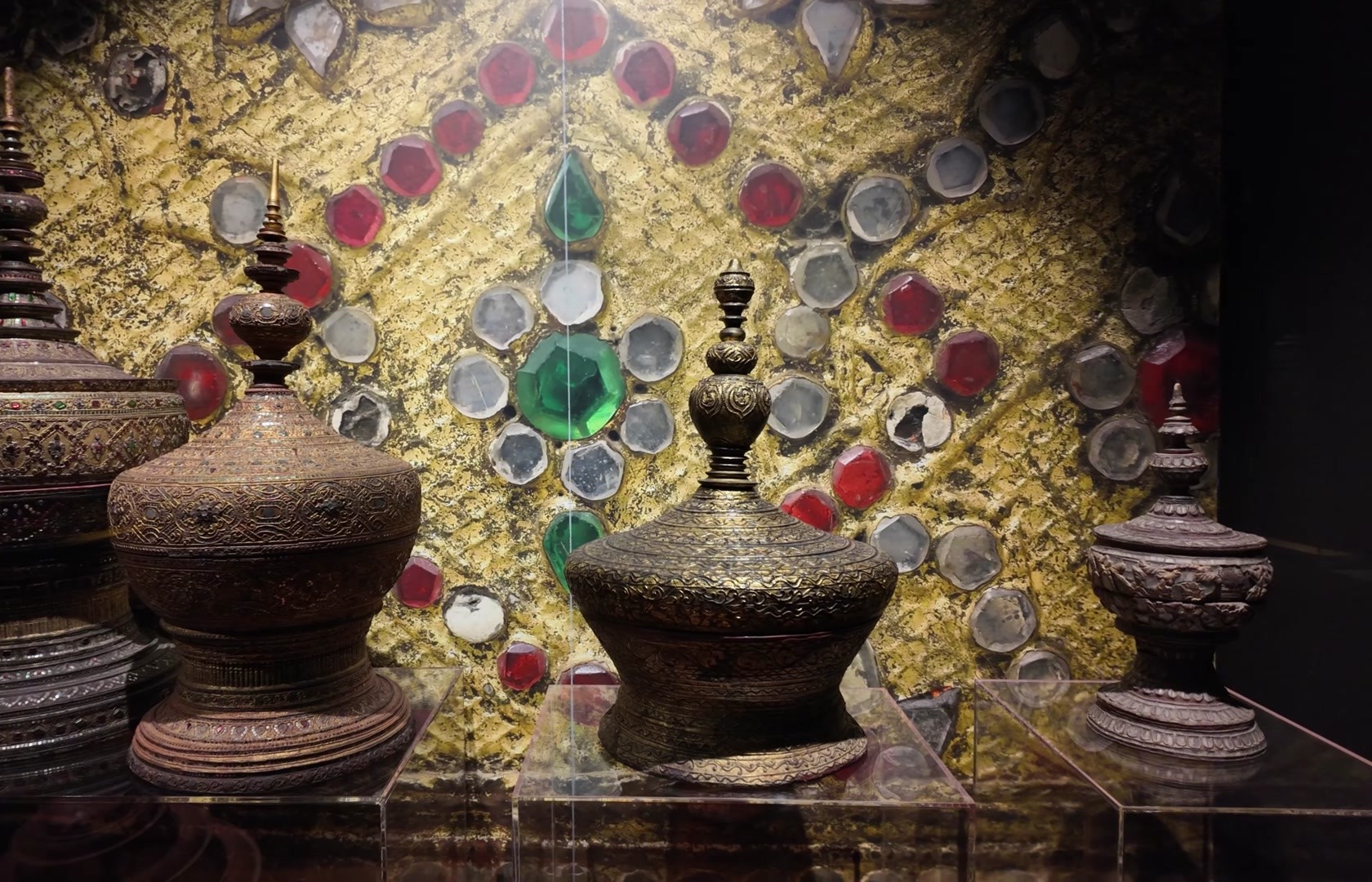
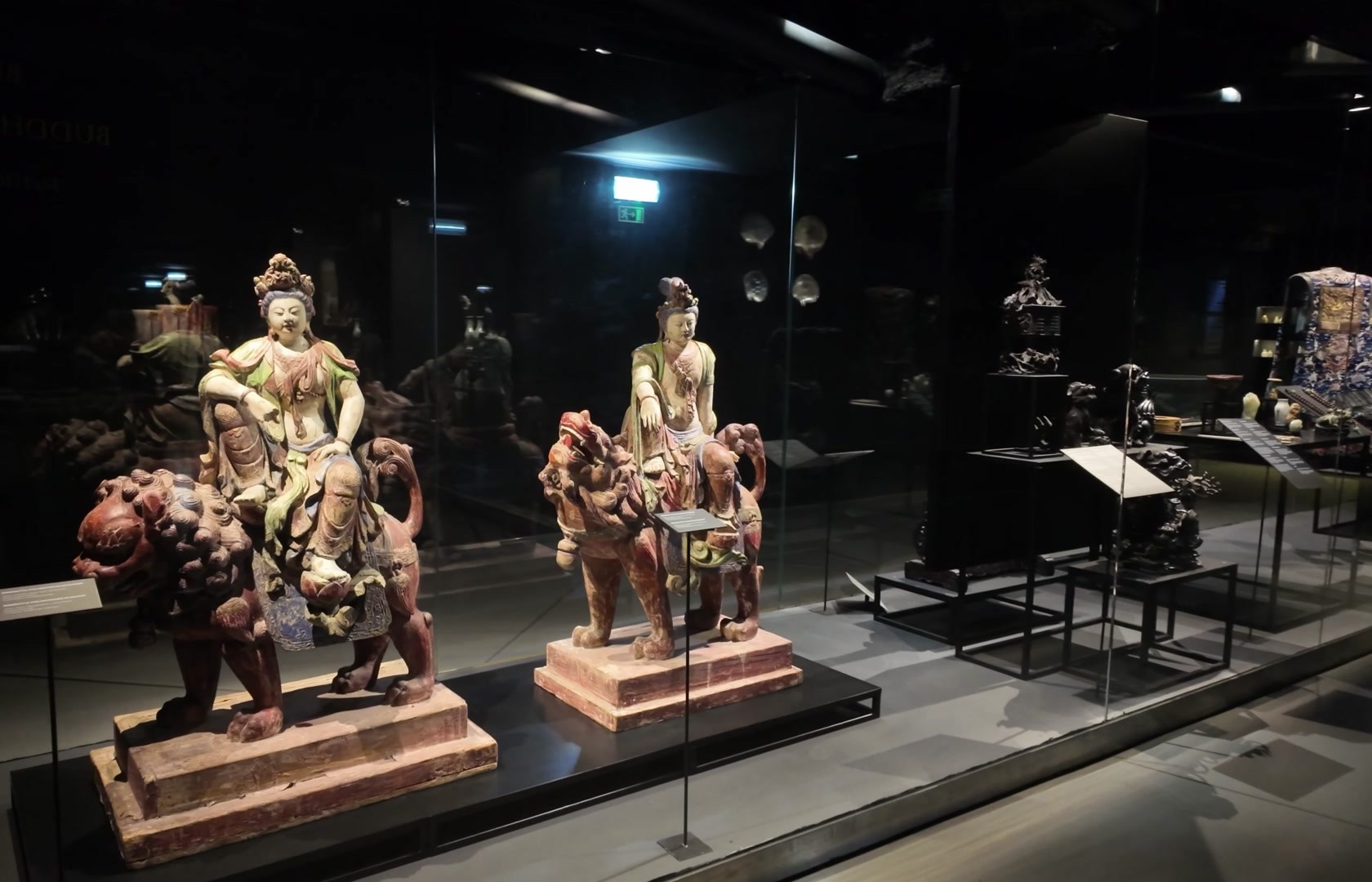
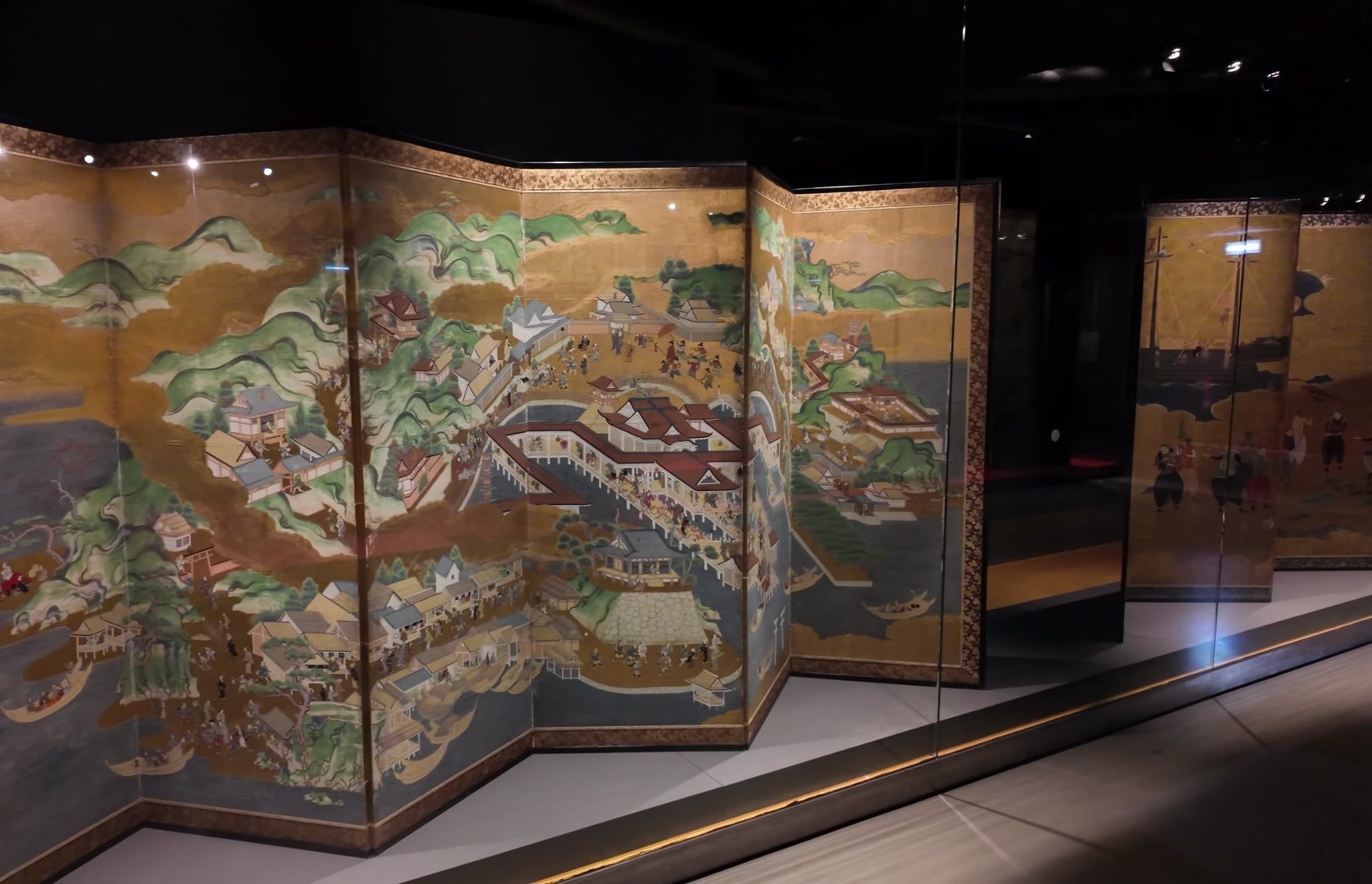
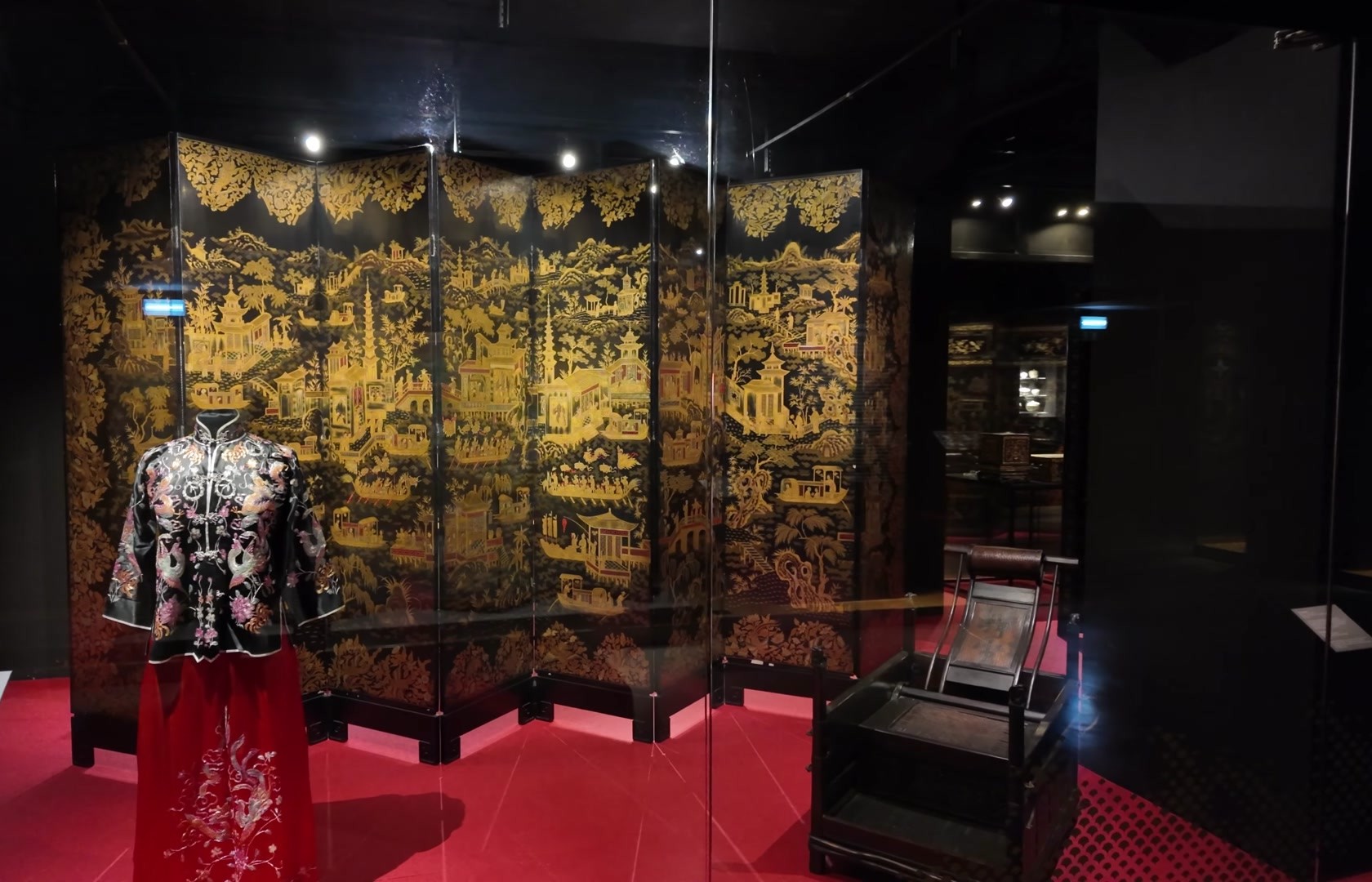
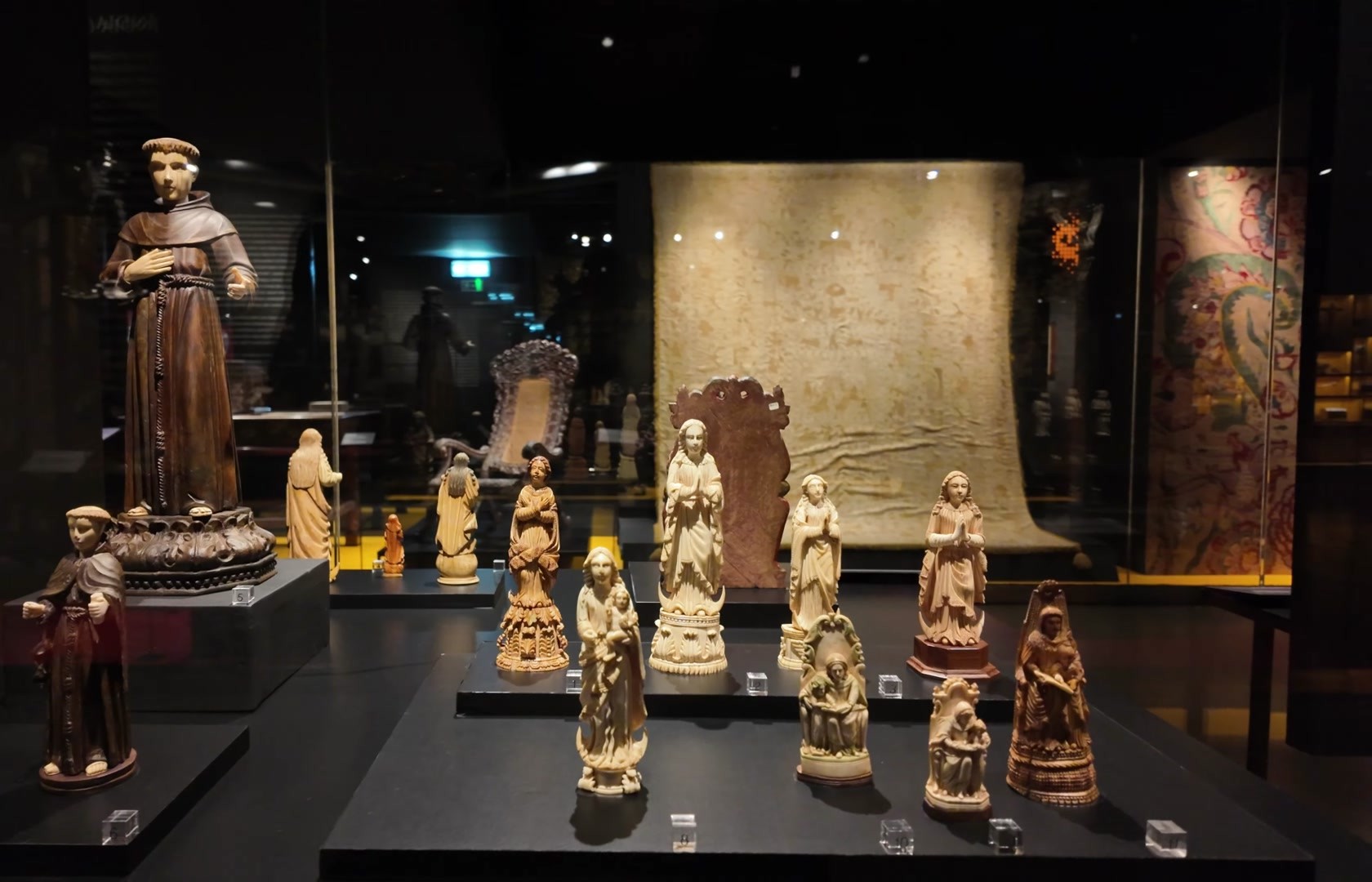
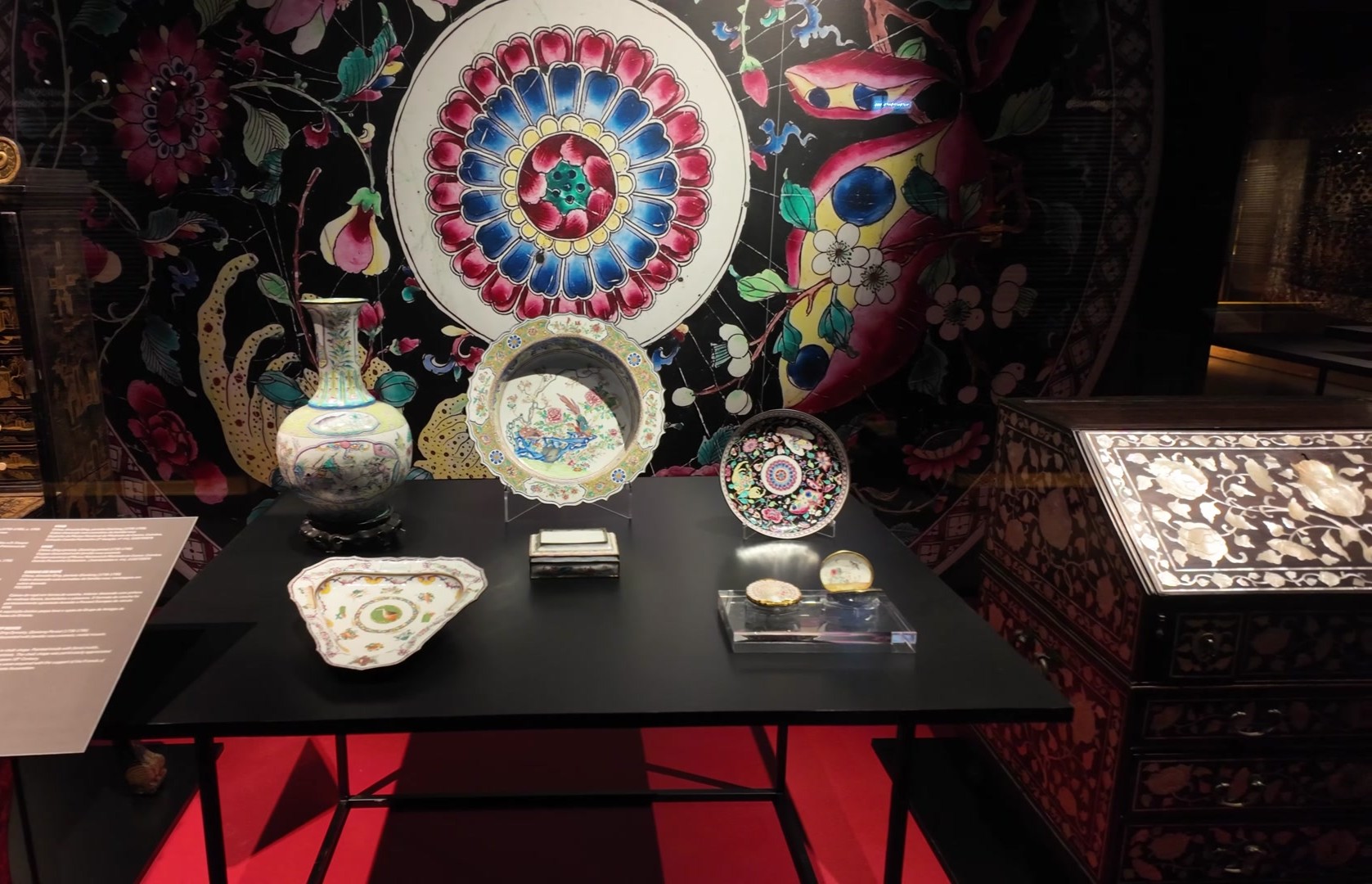
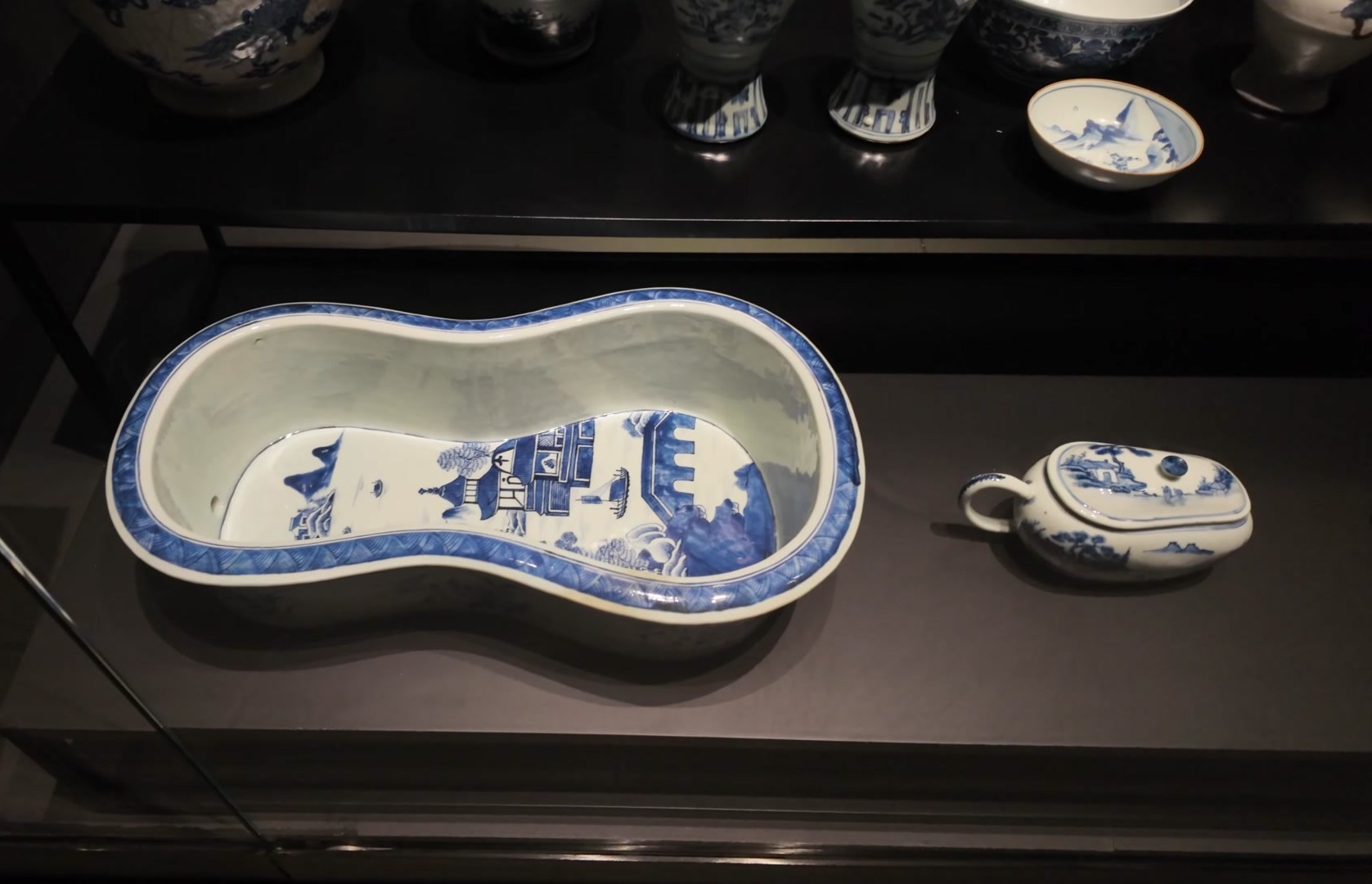
Handicrafts made in India and Sri Lanka, as well as religious objects related to Christianity, are also displayed here. For example, silver crosses made in India or liturgical objects made of mother-of-pearl crafted according to Catholic traditions. In China, church garments adorned with precious stones were produced.




Artifacts from East Timor are also quite impressive. I believe this is the only place in the world with such an extensive collection. Woodcarvings are especially prominent and can be considered among the last expressions of Oceanic culture.



Ethnographic works and classical artworks are exhibited side by side. Paintings reflecting the landscapes and daily life of these regions are particularly striking. The Chinese porcelain collection is really fascinating. What is interesting is that the designs on these porcelains are actually European. Besides Dutch and British motifs, there is even a plate depicting the Russian Tsar Peter the Great.



Porcelain sets made specially for palaces and nobles are also noteworthy. At that time, orders were placed directly in China. Later, porcelain production and decoration spread to Europe. Delftware and British manufacturers also became famous. By the way Vista Alegre, the oldest porcelain factory in Portugal that has been operating for 200 years, is celebrating its bicentennial this year.

On the third floor, there is a wonderful exhibition about festivals and rituals in Japan. Japan is a unique country and its festivals reflect this uniqueness. Even New Year traditions celebrated in different regions of the country vary greatly. The Japanese approach death with a certain calmness. Sometimes even sad events are treated with humor. For example, the Jizo figure dedicated to infants who passed away at a young age looks cute with its red hat but carries a deeply sorrowful meaning.






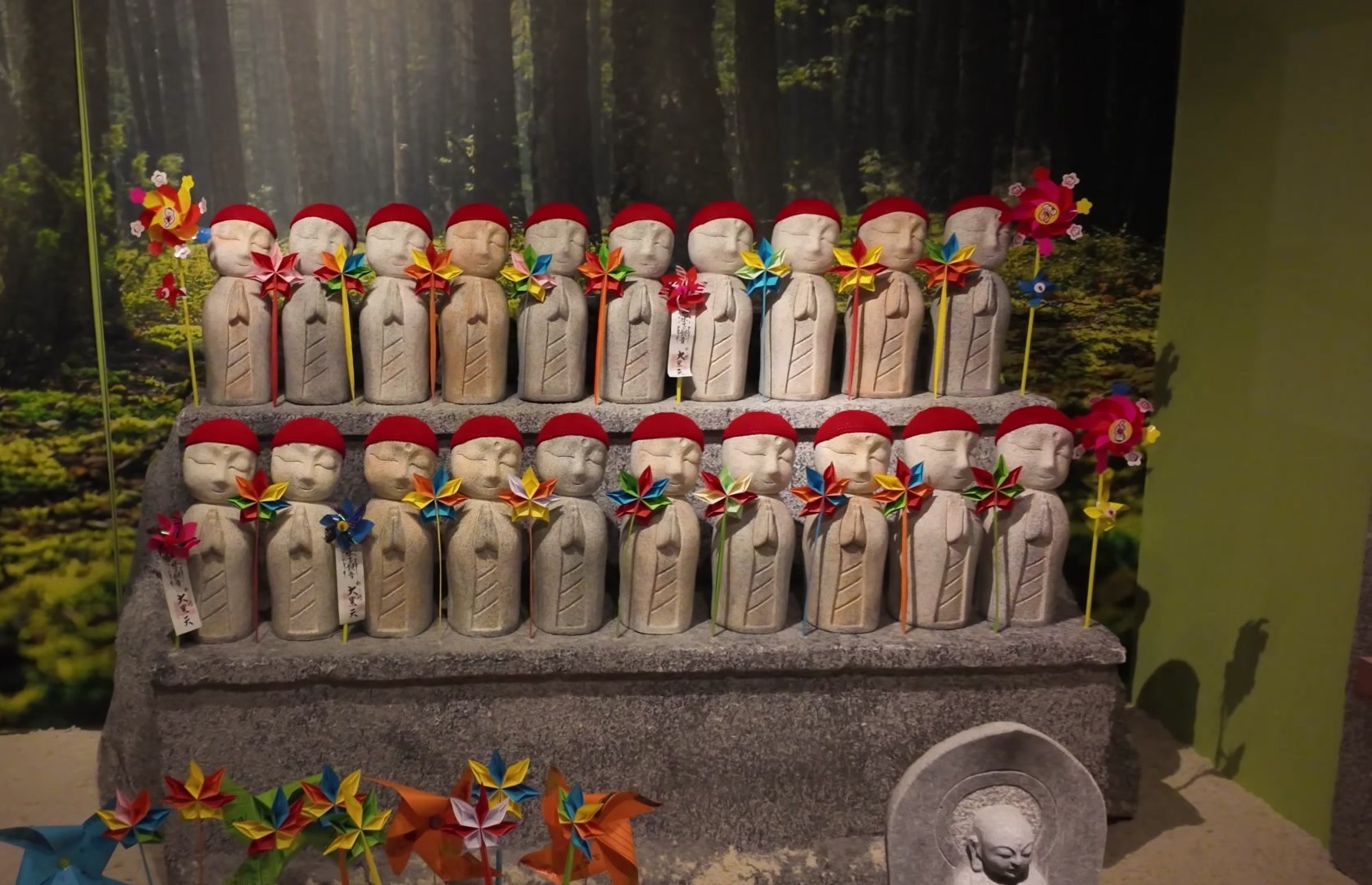
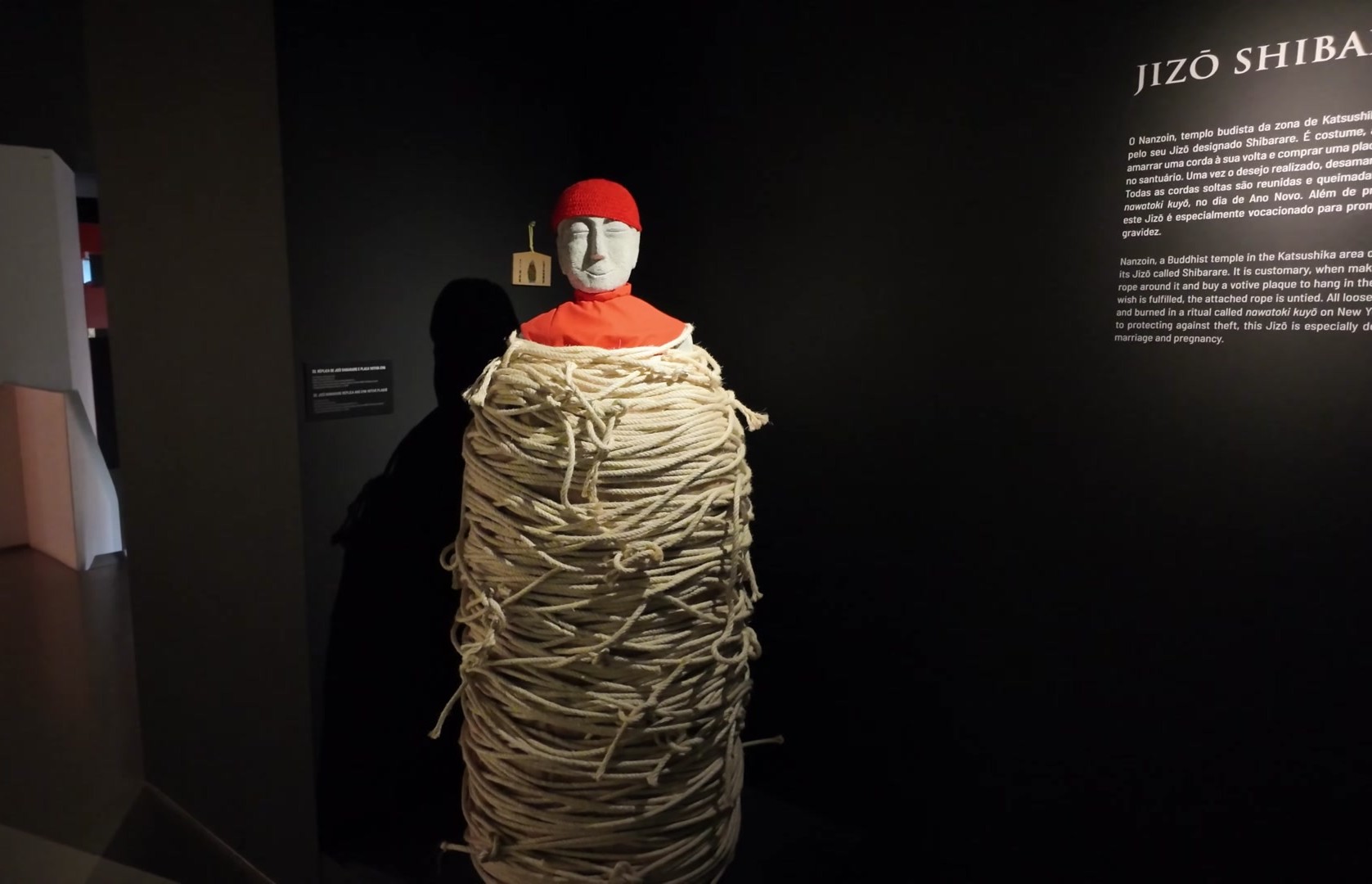
On the other hand, the Daruma figure believed to be protective and bring good luck, has a rather stern appearance. Traditions related to making wishes are very common in Japan. You can hang small wooden plaques with your wishes on them in temples. Naturally in agricultural regions, people wish for abundance and prosperity. In Japanese culture, fertility and abundance are concepts closely linked to each other.
483.jpg (https://images.hive.blog/DQmWvetBfqHVfNYvt7eS9rAqgB3QSFjFXk37Ezc63FPrq18/483.jpg)
497.jpg (https://images.hive.blog/DQmXmsG4bY6ZeGFRSGNH8z1XqDEh94iqKn6RKF3JSx6oHKH/497.jpg)
In short, this museum is very well curated. The exhibition style is modern and the lighting and glass displays are excellent. There is almost no reflection. If you ever find yourself in Lisbon, especially if you are overwhelmed by the heat or unsure of what to do, I highly recommend visiting the Museum of the Orient. It is a bit away from the city center but still within walking distance.
090.jpg (https://images.hive.blog/DQma8LCVQacdz7NHPVKAkYQ6y7bH4AwFDaAqaD2BfydMQrS/090.jpg)
097.jpg (https://images.hive.blog/DQmZC4rk3WGpWebRGBuZdZpE5pB9ArrQvaqxJ4991v7y5bm/097.jpg)
That’s all for today. Thank you for reading. See you soon.